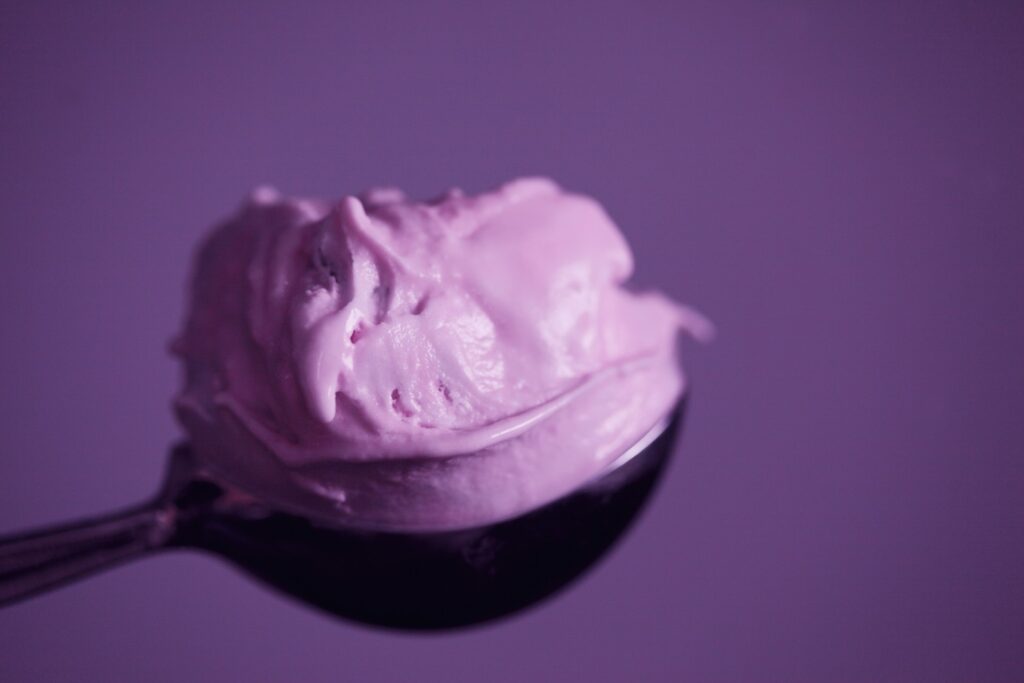There’s a new star lighting up dessert menus and Instagram feeds across America, and it’s not matcha or red velvet—it’s ube. This vibrant purple yam, native to the Philippines and pronounced “OO-beh,” has gone from a cherished Filipino staple to the must-have ingredient in everything from ice cream to donuts, cakes, and lattes. But how did ube capture the hearts (and taste buds) of dessert lovers everywhere?
Ube’s Ancient Roots and Cultural Significance
Ube, scientifically known as Dioscorea alata, has a history in the Philippines stretching back thousands of years. Archaeological finds in Palawan date its use as far back as 11,000 BC, making it one of the oldest cultivated crops in the region47. The Philippines is considered a center of origin for ube, boasting the greatest diversity of this tuber, which has long been a symbol of resilience and prosperity—especially in times of scarcity45.
In Filipino culture, ube isn’t just food; it’s a source of pride and a staple at celebrations. Dishes like ube halaya (a sweet, jam-like dessert), ube ice cream, and ube cakes are fixtures at fiestas, birthdays, and holidays25. The yam’s striking purple color and subtle, nutty-vanilla flavor have made it a beloved ingredient for generations, often associated with joy, sharing, and togetherness8.
The Rise of Ube in America
Ube’s journey to American dessert fame began with the Filipino diaspora, who brought their culinary traditions—and love for ube—to new shores. In recent years, as food trends have leaned toward bold, natural colors and global flavors, ube’s Instagram-worthy hue and unique taste have made it a breakout hit in bakeries, ice cream shops, and coffee bars across the United States345.
Social media has played a huge role in this surge. Stunning photos of ube soft serve, ube cheesecakes, and even ube lattes have gone viral, drawing curious foodies to try this “new” flavor. What started as a niche ingredient in Filipino bakeries is now a mainstream phenomenon, with major brands and celebrity chefs embracing ube in their dessert menus9.
What Makes Ube Special?
- Color: The deep, natural purple of ube desserts is eye-catching and all-natural, thanks to anthocyanins—antioxidants also found in blueberries and purple sweet potatoes4.
- Flavor: Ube is less sweet than other yams, with a starchy texture and a flavor often described as nutty, vanilla-like, and slightly earthy45.
- Versatility: Ube can be boiled, baked, mashed, or turned into jam, making it perfect for everything from ice cream and pastries to pancakes and even savory dishes45.
Ube’s Signature Desserts
Some of the most iconic and photogenic ube treats include:
- Ube Halaya: A rich, creamy jam made from mashed ube, coconut milk, and sugar—often enjoyed on its own or as a dessert topping12.
- Ube Ice Cream: Creamy, dreamy, and vividly purple, it’s a staple in Filipino halo-halo and now a favorite in American scoop shops45.
- Ube Cake: Soft, fluffy layers of purple yam cake with ube-infused frosting, a showstopper at celebrations6.
- Ube Donuts, Cheesecakes, and Lattes: Modern twists that highlight ube’s adaptability and visual appeal.
The Bottom Line
Ube’s rise from Filipino kitchens to American dessert menus is a testament to the power of tradition, migration, and social media. Its ancient roots, cultural symbolism, and irresistible color have made it a global sensation—one that’s as meaningful as it is delicious. Next time you spot a purple treat on your feed or at your local bakery, you’ll know: it’s not just a trend, it’s a centuries-old story in every bite.
Ready to join the ube obsession? Snap a photo—because this purple yam is here to stay.
- https://en.wikipedia.org/wiki/Ube_halaya
- https://www.kapwagardens.com/blog/more-than-a-trend-the-history-of-ube
- https://en.wikipedia.org/wiki/Dioscorea_alata
- https://philtimes.com.au/ube-the-philippines-beloved-purple-yam/
- https://snargl.com/blog/ube-origin-uncovering-the-roots-of-the-purple-yam/
- https://purplecake.ph/blogs/ubeautiful-life/history-of-purple-yam-cake
- https://filamanila.com/blogs/blog/what-is-ube
- https://ubehalaya.fr/en/blogs/infos/ube-une-histoire-ancestrale
- interests.food


